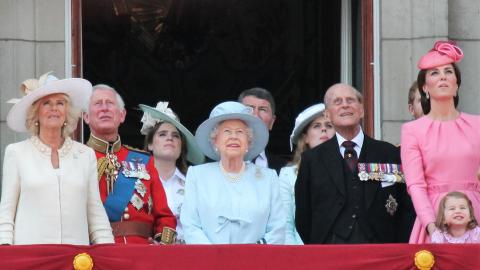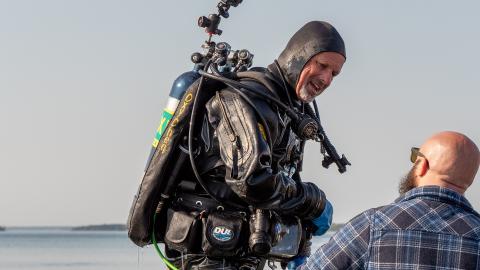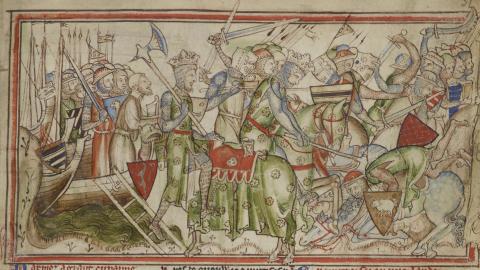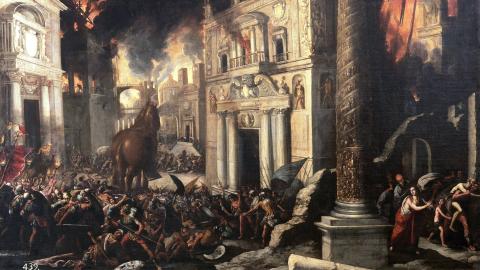Tanks in Modern Warfare
Originally invented during WW1 to break through trench lines, the tank didn't reach its full maturity – or potential – until WW2, when it became a significant factor in warfare, both tactically and operationally. The tank's contribution to operational success was so considerable that an entirely new tactical and technological system of anti-tank warfare was developed, using bazookas, minefields and even anti-tank dogs (with varying degrees of success). But today the concept of the tank is one hundred years old, and since its heyday 70 years ago there have been countless debates over whether tanks still have a place in modern warfare. Regardless, the story of the tank since WW2 has not been of obsolescence but of evolution.
Tanks were no longer produced in such vast quantities after the end of WW2, but they continued to be developed and hoarded by Cold War countries, largely as a threat of force initiative – much like atomic weapons. There is no doubt that the tank remains a fearsome deterrent even to this day; news reports that tanks have been seen moving into any skirmish area around the world immediately raises alarms. But tanks of the Cold War era still required relatively flat and dry land to function effectively, so they proved to be far less useful as weapons and transport than helicopters in the jungles of Korea and Vietnam.
Cold War tank design trended away from the heavy armoured beasts of the WW2 battlefield, largely in response to increasingly sophisticated anti-tank measures and weapons. Light tanks were useful for reconnaissance and small-scale missions but too flimsy to withstand intense firepower, while their more heavily armoured siblings sacrificed manoeuvrability for endurance. As such, medium tanks became the norm, being heavy enough to take considerable fire while retaining a wider range of engagement.
Despite a major tank battle having been fought at the very end of the Cold war – in the Gulf War Battle of 73 Easting, 1991, featuring hundreds of armoured vehicles in active combat– in the post-Cold War era, tanks have in many ways become a symbol of power more than a practical battlefield necessity. But unlike their naval counterparts, as wars on the seas are no longer a major feature of modern warfare, tanks are still considered a standard element of national armouries. With military budgets on the rise in the twenty-first century and technological innovation moving at the speed of a Pentium processor, modern tank design has just about hit that sweet spot of heavy armour, heavy cannon and lightweight manoeuvrability. However, with many modern battles being fought largely from behind a computer screen, tanks are no longer produced or kept in quantity; the United States has fewer tanks in total now than were employed by the Germans alone at Kursk.
Despite the trend away from using them widely in active combat, tanks remain an important tactical and psychological element of national armouries. They're big, they're scary, and when we see a tank we know the battle is getting serious, so expect them to be around for quite a while yet.
Did you know?
The most produced tank of all time is the Soviet made T-54/55 series.














